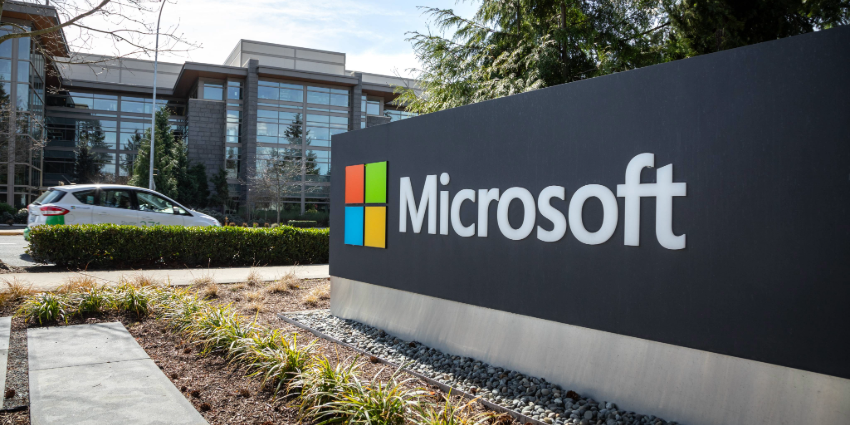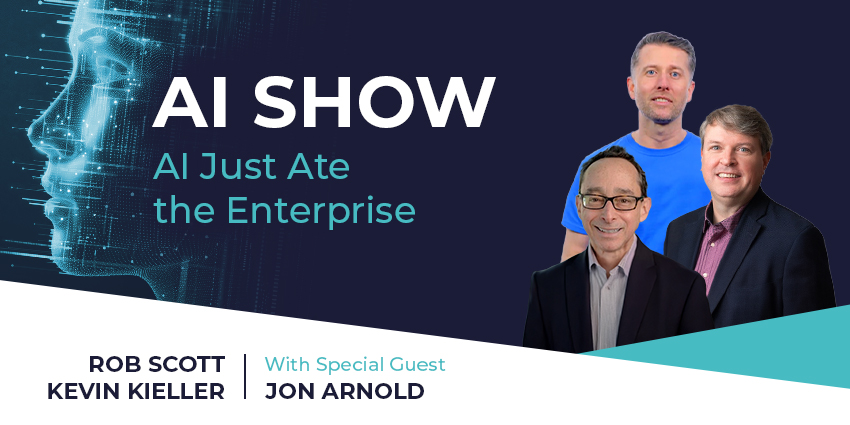The loading dock was quiet except for the soft whir of robots gliding under pallet racks. Blue indicator lights traced perfect gridlines while a handheld screen showed pick accuracy brushing 98 percent. Standing there, I realized the floor itself had become a neural network—every tote, sensor, and algorithm learning in real time. AI wasn’t an upgrade; it was the conductor turning operational noise into a symphony.
That moment signals a new norm. QKS Group projects that by year-end 2025, one in two supply-chain teams will be running AI in production. Boardrooms now size up AI readiness as closely as they track cash flow, pressing the real question: Which line item takes the first hit if we wait—working capital, service levels, or our sustainability scorecard?
My answer centers on three moves where AI is already converting insight into daily orchestration: predictive planning, intelligent automation, and end-to-end visibility. Each move below includes a mini-case, a verified data point, and a Monday-morning takeaway you can act on before your first espresso.
Predictive Planning—Foresight in Real Time
Traditional forecasts gaze in the rear-view mirror; AI watches the road ahead. Machine-learning models ingest point-of-sale data, weather shifts, even social chatter, then refresh demand curves hour by hour. The payoff is a living forecast that pushes procurement and production closer to market tempo.
Mini case. A leading quick-service restaurant chain swapped hundreds of spreadsheets for an AI planner inside its ERP suite. Planners now generate store-level forecasts in hours, not days, and can dial promotions on the fly. Forecast accuracy jumped 66 percent, freeing inventory and slashing waste.
What this means on Monday morning: Open last month’s safety-stock file. Anything labeled “just in case” is capital waiting for an AI forecast. Pipe one volatile SKU family into a cloud model and benchmark the delta; you’ll likely find the next pilot right there.
Intelligent Automation—Throughput Without Extra Headcount
Robots don’t replace people; they replace overtime. When AI pairs autonomous mobile robots with vision or voice systems, throughput rises faster than payroll. Better yet, each mission feeds granular data back into optimization loops—cycle times shrink, congestion melts, and workers shift to exceptions and value-add services.
Mini-case. One global logistics provider deployed mobile robots across regional fulfillment hubs and coupled them with AI-driven slotting algorithms. The result: productivity leapt 30 percent and floor capacity expanded 40 percent without adding a night shift.
What this means on Monday morning: Sort yesterday’s pick times by SKU velocity. If your top movers still follow a “man-to-goods” routine, a ten-robot pilot could unlock double-digit gains before you renegotiate warehouse leases.
Visibility & Orchestration—Control Towers That Think
You can’t orchestrate what you can’t see, yet only 20 percent of companies have supplier visibility beyond tier two or less, a blind spot that turns every storm, strike, or cyber hit into a fire drill. AI-infused control towers ingest sensor feeds, vessel schedules, and news alerts, then prescribe mitigations including reroutes, mode shifts, inventory buffers often before planners notice a blip.
Mini case. A diversified manufacturer stitched shipment telemetry and partner data into an AI control tower. When flooding shut down a key port last April, algorithms re-sequenced production orders, shifted outbound lanes, and cushioned customer OTIF. On-time delivery climbed 35 percent through the crisis, turning what would’ve been a headline risk into a line-item win.
What this means on Monday morning: Sketch your top ten tier-two suppliers on a whiteboard. If you can’t pull ETA, geopolitical exposure, and capacity buffer in real time, your control tower still has blind spots time to feed new data streams and tighten alerting rules.
A Moment to Reflect
If AI can sharpen forecasts, turbo-charge fulfillment, and pre-empt disruptions, what’s really blocking progress technical debt or decision debt? Hardware budgets and data pipelines matter, but the bigger hurdle is the willingness to change processes that still assume weeks-long lead times.
One Action to Take Today
Audit your warehouse-management system for latency blind spots. Every extra 200 milliseconds per server call compounds into hours of lost dock time by quarter-end. Tighten the query, watch dock-to-stock shrink, and use that breathing room to bankroll your next automation sprint.
Looking Forward
Supply chains once ran on historical averages and hope. Tomorrow they’ll run on real-time inference and intent—networks that think with us, not for us, and free human talent for creative problem-solving. Companies moving now will own resilience as a competitive edge; everyone else will rent it at premium prices.
Here’s to fewer fire drills and to supply chains that hum instead of groan. Reach out if you’d like to dive deeper; QKS Group is already helping boards turn pilots into profit.
Kumar Anand is Associate Director and Domain Head for Supply Chain & Logistics Management at QKS Group, where he steers next-generation research and advisory programs that accelerate digital supply-chain transformation. Kumar draws on seven years of hands-on experience in manufacturing operations, warehouse automation, logistics orchestration, and omnichannel order-management, paired with deep expertise in AI-powered planning, inventory optimization, and sustainable procurement.








